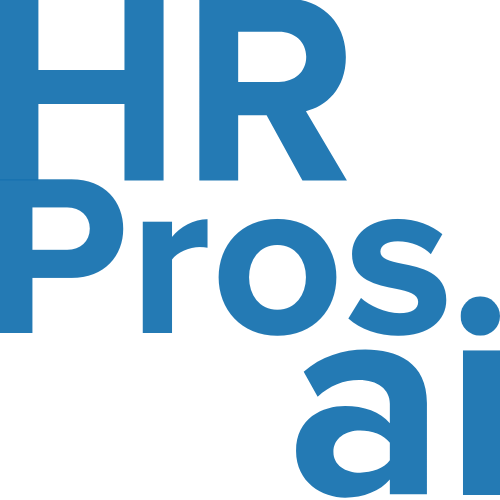“Give Me Practical Examples of EQ at Work”
When you hear "emotional intelligence" (EQ), do you think of buzzwords like empathy, self-awareness, or active listening? While these are important, they often feel vague and theoretical. So, let’s break it down with three real-world examples of EQ in action, showing how it shapes the workplace in tangible, practical ways.
1. Handling the difficult employee without escalation
A warehouse manager notices one of their most reliable team members has become uncharacteristically irritable, snapping at colleagues and resisting instructions. Instead of issuing a formal warning or calling out the behavior in a team meeting, the manager pulls them aside for a private conversation.
In that moment, the manager does three things:
Acknowledges the employee’s value to the team. ("You’re usually such a great contributor—this isn’t like you.")
Asks instead of accuses. ("Is something going on that I can help with?")
Listens without judgment.
It turns out, the employee is stressed because of unexpected childcare issues. By showing understanding, the manager diffuses the tension and works with HR to adjust the employee’s schedule temporarily.
Why it works: The manager uses situational awareness and empathy to address the issue before it spirals into conflict or disengagement.
2. Navigating a leadership misstep gracefully
A director rolls out a new policy without consulting their department heads. The decision is met with confusion and frustration from the team, and productivity drops as everyone scrambles to adjust.
Realizing the oversight, the director calls a meeting to address the situation. Instead of defensiveness, they admit the mistake:
Acknowledging the impact. ("I see this policy change created unnecessary challenges for the team.")
Opening the floor. ("What feedback do you have to improve this process moving forward?")
Taking action. ("Here’s how I’ll involve you in decisions like this in the future.")
Why it works: Admitting mistakes takes self-awareness and humility—key EQ skills. This approach rebuilds trust and fosters collaboration.
3. Turning an angry customer into a brand advocate
In retail, a sales associate faces a furious customer whose custom mattress delivery was delayed. The associate avoids matching the customer’s tone and instead practices these EQ steps:
Validates the customer’s frustration. ("I can see why this would be upsetting.")
Takes ownership. ("Let me take care of this for you.")
Goes the extra mile. They work with logistics to expedite the delivery and offers a discount on future purchases.
The customer leaves feeling heard and valued, later leaving a glowing online review about how the issue was resolved.
Why it works: By staying calm under pressure and focusing on a solution, the associate transforms a negative situation into a positive one.
Takeaway: EQ is the workplace superpower
These examples show that emotional intelligence isn’t just about “soft skills” or being “nice.” It’s about:
Reading the room.
Knowing how and when to respond.
Building trust and resolving conflicts.
EQ might not always be listed in job descriptions, but it’s often the difference between a good employee and a great leader. Start small—take one of these examples and try applying it in your next workplace challenge.

